жЧ•жЫЬжЧ•, 12жЬИ 12th, 2010...9:09 AM
Kyoto, the city of Japanese traditions and culture Part3
Reading time: About 5 minutes
Kyoto, the city of Japanese traditions and culture Part3I was free until the time to visit Katsura Imperial Villa.I left my luggage at Kyoto Station and headed for Arashiyama.It took a little less than 30 minutes to get to Arashiyama using JR SanвАЩin (Sagano) Line.
I got off at Saga Arashiyama Station.
At Saga Arashiyama Station, visitors may sometimes see trolley trains coming and leaving. This trolley train in the picture is the one that runs through the gorge called Hozu. You can overlook beautiful scenes from this train during the season of colored leaves.
I was headed towards the northwest from Saga Arashiyama Station.
There are a number of temples with beautiful colored leaves in the Arashiyama area.
This is Nison-in.
This temple is located in Mt Ogura, famous for its song in Hyakunin Isshu (traditional anthology style of compiling Japanese waka poetry).
The approach from the gate to the inner temple is also called вАЬThe riding ground with colored leavesвАЭ and is a noted place for colored leaves.
When I visited there, the leaves were actually not colored enough, but I enjoyed seeing the view.
10 minute walk from Nison-in, I arrived at Jojakko Temple, which is another noted place for colored leaves. It is located on a hillside.
On a sunny day, you could overlook the whole city of Kyoto over this Tahoto (Japanese-style many-tiered tower) halfway up the mountain.
5 minute walk from Jojakko Temple, I found Mikami Shrine over a pond. This is the only shrine in Japan that worships hair. Visitors may cut their hair and dedicate it to the shrine.
On a sunny day, you could overlook the whole city of Kyoto over this Tahoto (Japanese-style many-tiered tower) halfway up the mountain.
5 minute walk from Jojakko Temple, I found Mikami Shrine over a pond. This is the only shrine in Japan that worships hair. Visitors may cut their hair and dedicate it to the shrine.
I cannot describe in words the space with dense bamboo grove. This is something you can enjoy with a different taste from the one with nightlights.
10 minutes from the bamboo grave, I arrived at Tenryu Temple, a World Heritage. Its garden with the pond called Sogen no Ike is particularly famous.
10 minutes from Tenryu Temple, I encountered this bridge called Togetsukyo, another noted place in Arashiyama. The river named Hozu becomes Katsura with this bridge as the border of the two.
5 minutes after crossing the bridge, I arrived at Hankyu Arashiyama Station. It took about 10 minutes to get to Katsura Station on Hankyu Arashiyama Line, the closest station to Katsura Imperial Villa.
It would have only taken 20 minutes on foot from the station to the villa, but since I was running out of time, I used a taxi. It cost about 700 yen, which equals the base fare for taxis.
In order to make a visit to Katsura Imperial Vilal, people have to make a reservation three months in advance via Internet or by sending a postcard. It is difficult to get one during the season of colored leaves.
A guide would lead a group of 20 people and walk around the site. The tour takes about an hour. The guide speaks Japanese, but foreigners can get headphones and listen to the guide.
There are some tangled ponds on the center of the site. The garden is Japanese style with a path around ponds, tea rooms and Japanese-style residential architecture placed at various spots, and other architectures in the sukiya (tea-ceremony room) style.
The landscape is truly splendid.
You cannot take photos everywhere in Katsura Imperial Villa. You should sear the image into your eyes in addition to photos.
I enjoyed the site very much that I thought I should visit here again in a different season.
After the tour, I left the villa on the side of the Katsura River and took a look at the fence made of bamboos intertwined.
I returned to Katsura Station and headed for Hankyu Oyamazaki Station.
I came to this area to visit Tai-an yesterday.
My destination for the day was Asahi Beer Oyamazaki Villa Museum of Art.
It would only take 10 minutes from the station, but I had to climb up a hill since the museum was located halfway up the mountain. They also run shuttle buses between the museum and the station.
This museum was originally built in 1925 as a mountain villa in the British Tudor style.
The annex building was designed by Ando Tadao and displays MonetвАЩs вАЬWater LiliesвАЭ and other works. The combination of a traditional building and a modern building by Ando Tadao is marvelous.
The view from the second floor terrace was also remarkable.
Afterwards, I headed for Kyoto Station from the museum using JR Line. I purchased some gifts at a department store. Visitors can get many gifts unique to Kyoto at this grand store.
At last, I took a look at Kyoto Tower in front of the station. Then I got on Shinkansen and left Kyoto.
вЦ†Related Post
Kyoto, the city of Japanese traditions and culture Part1
Kyoto, the city of Japanese traditions and culture Part2










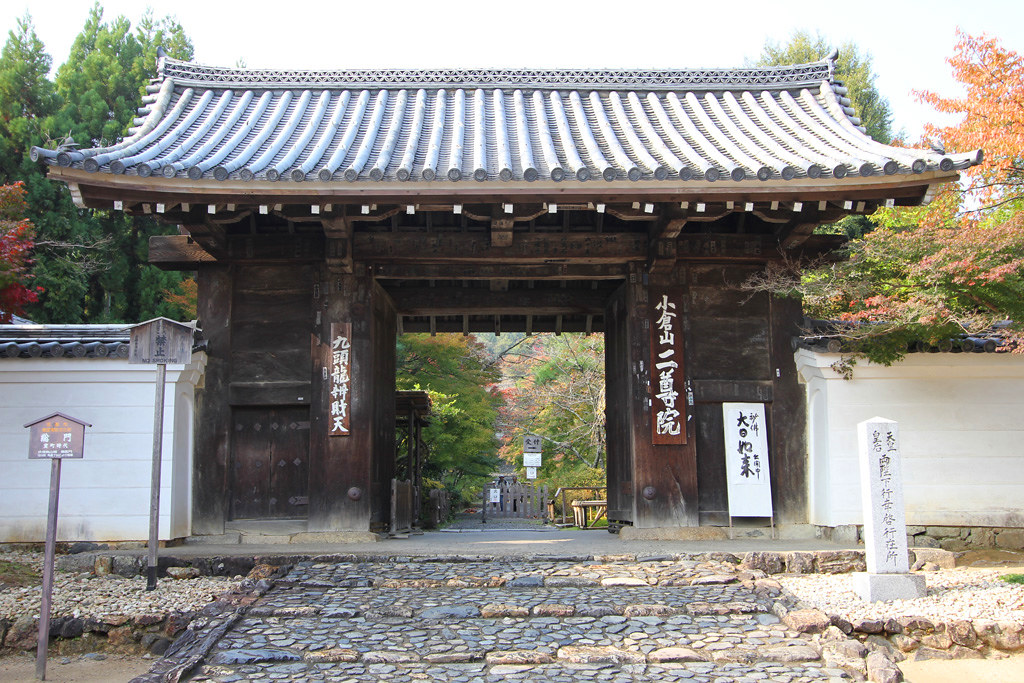
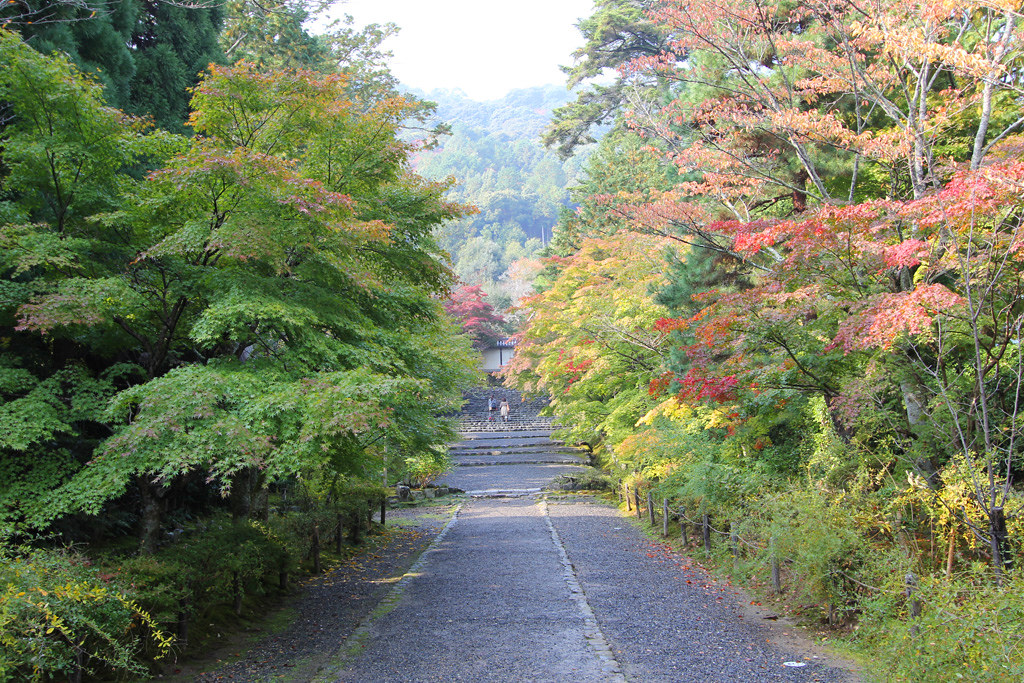
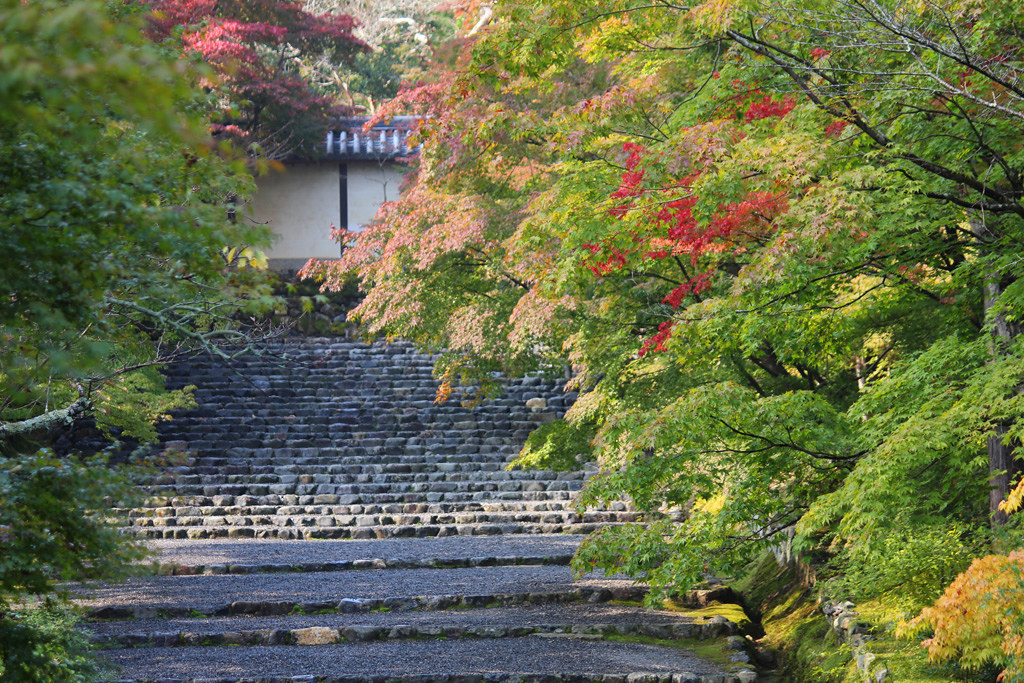
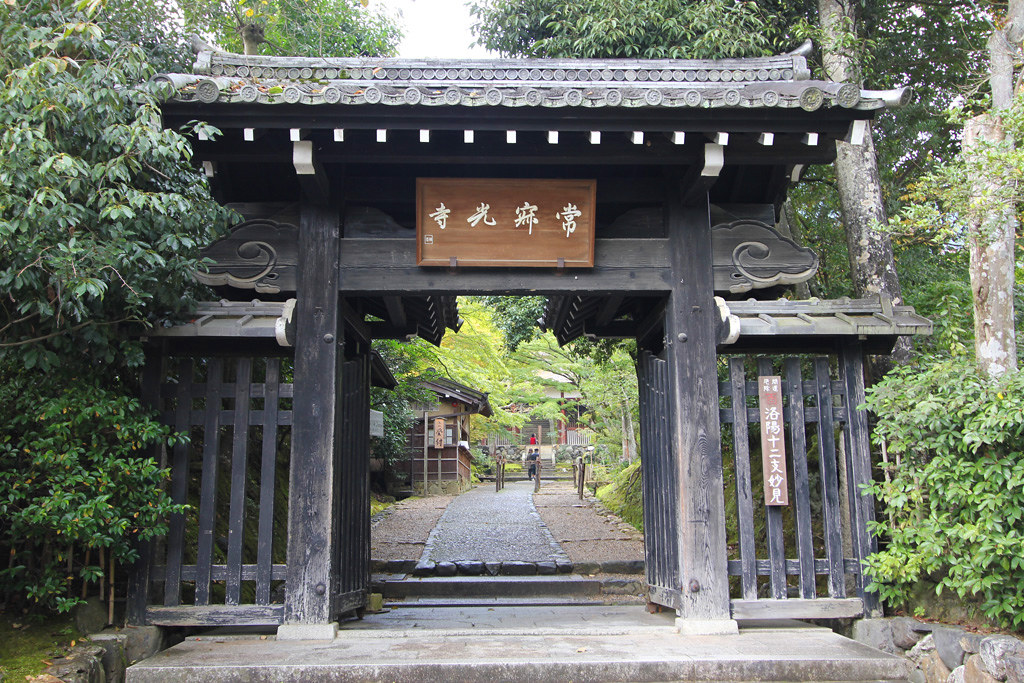
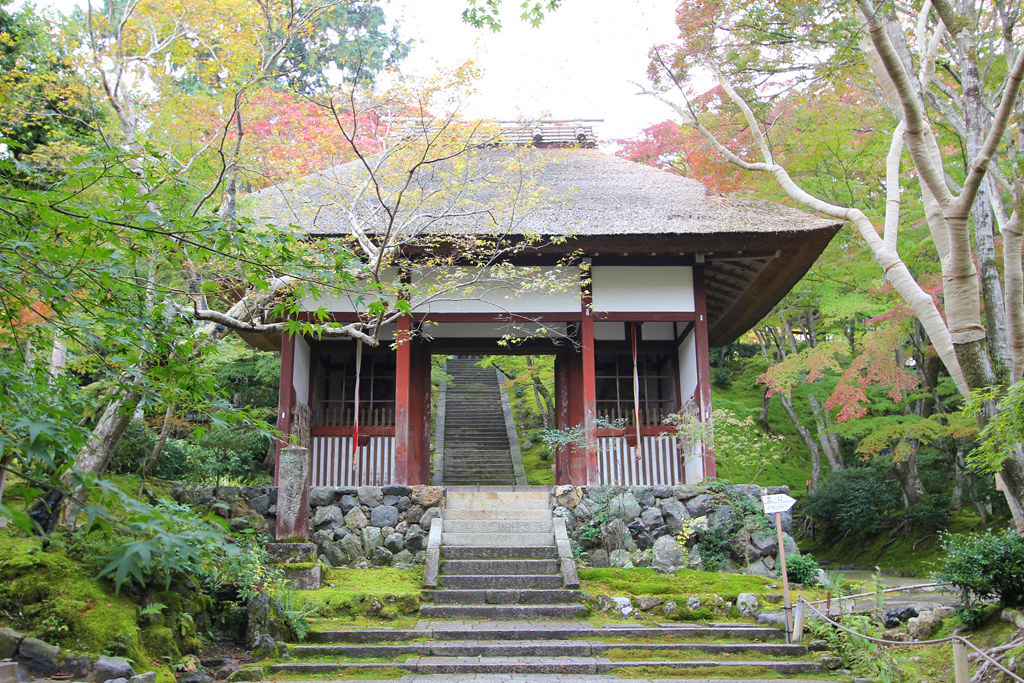
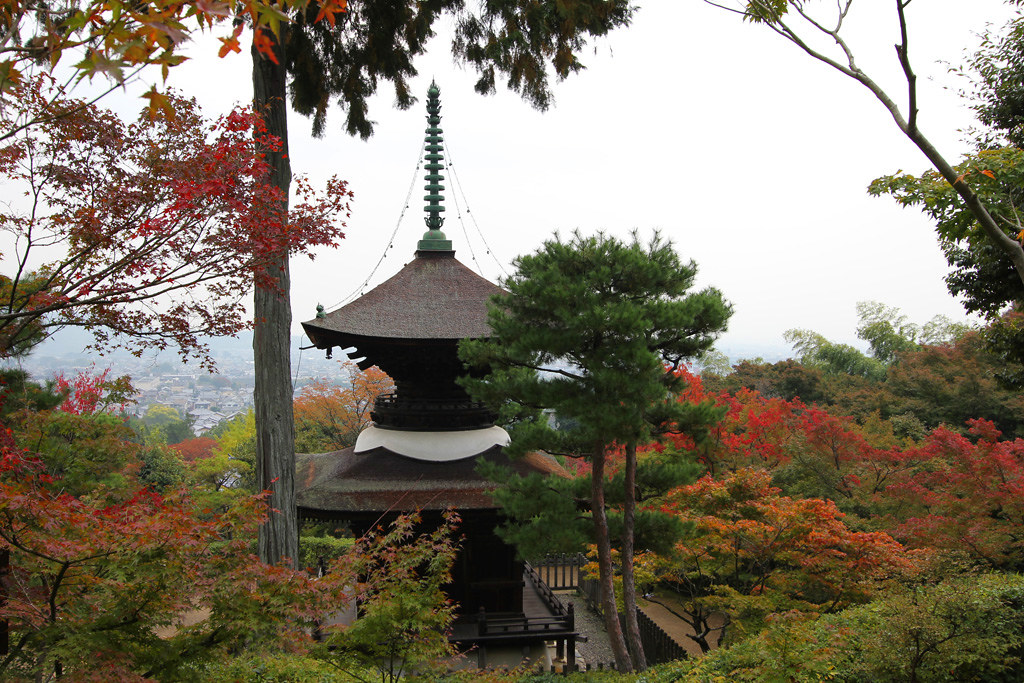
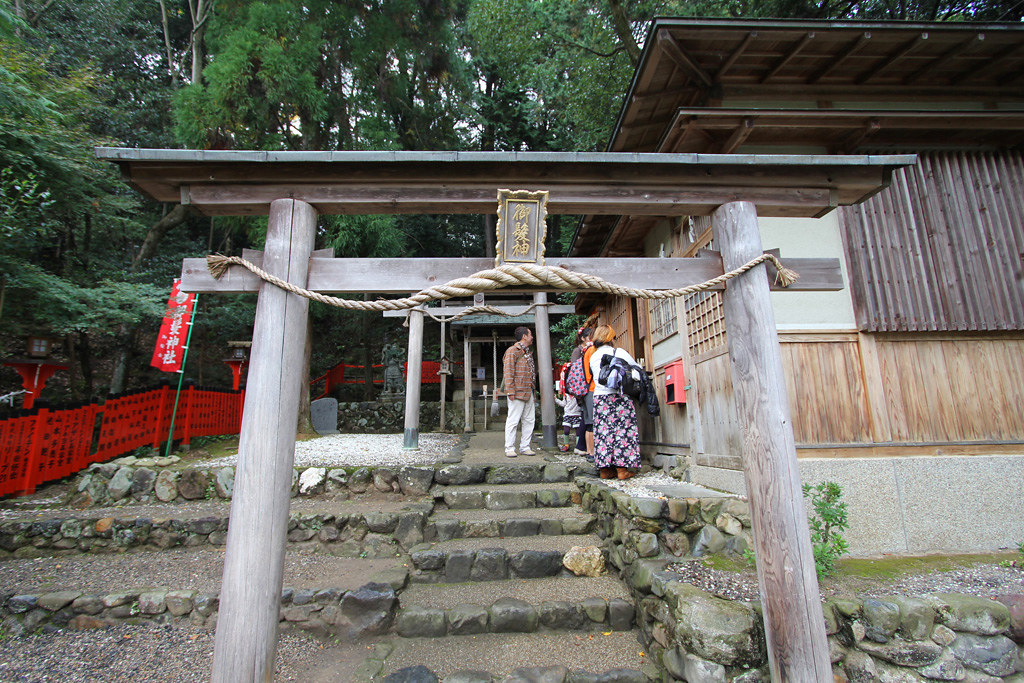
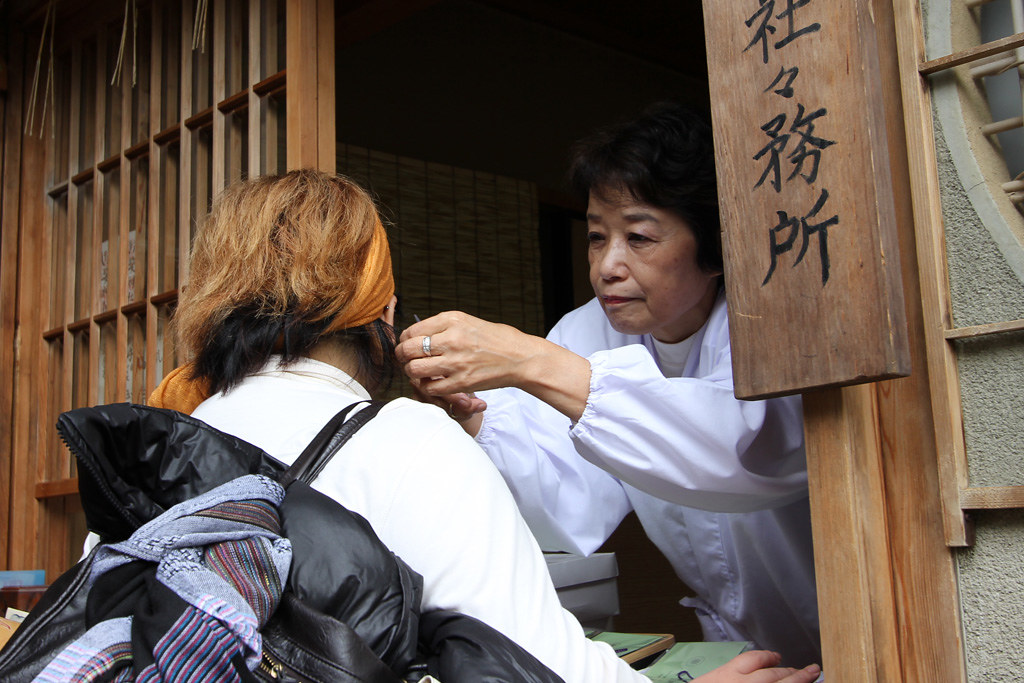
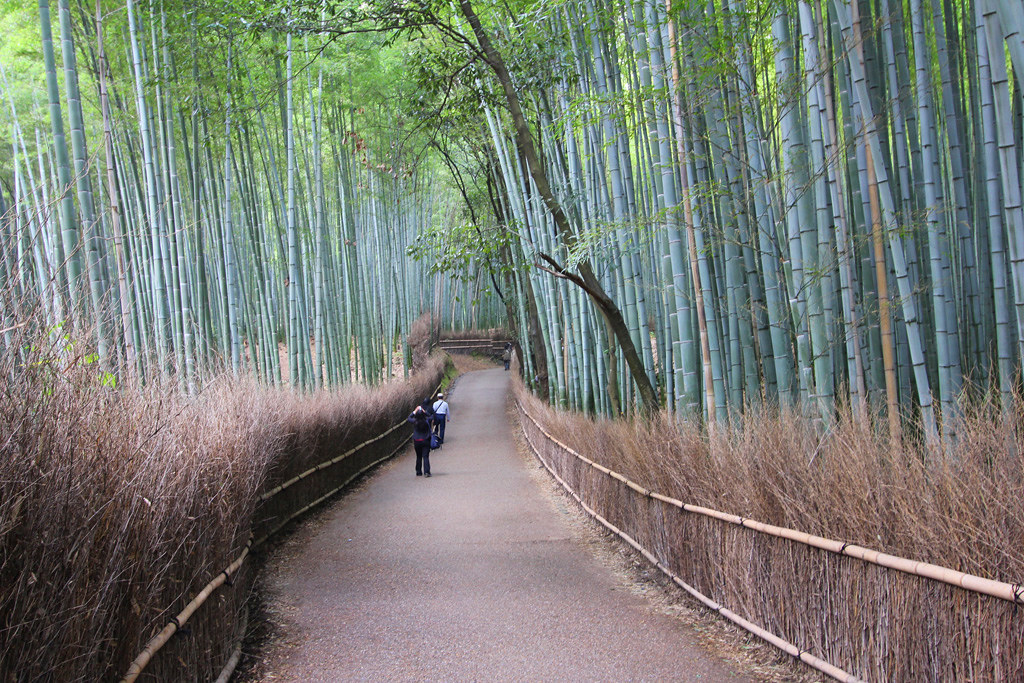
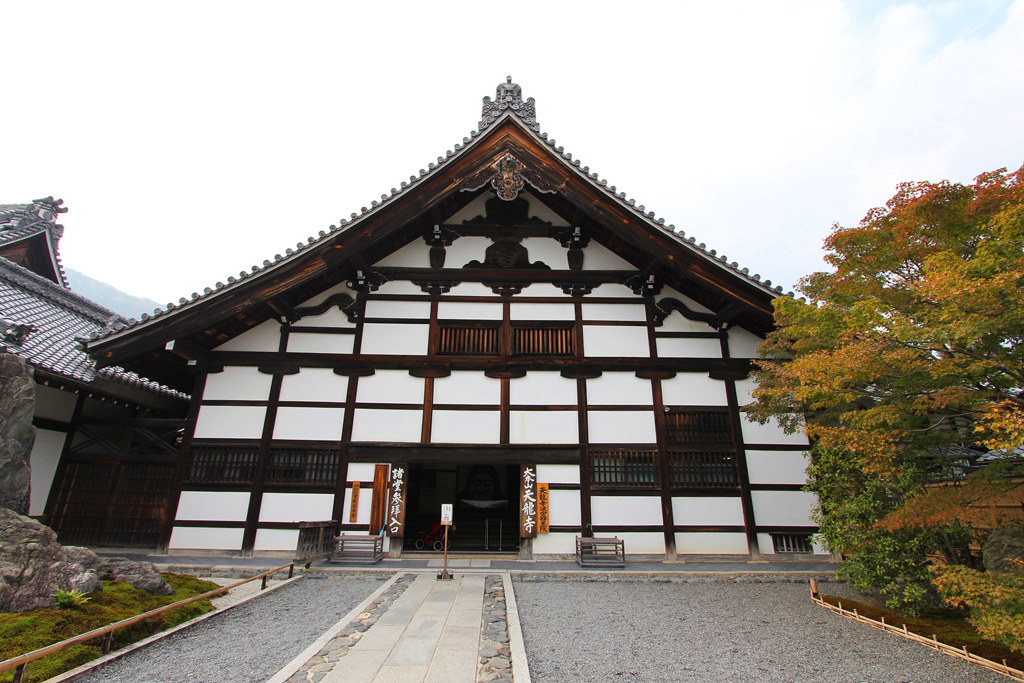
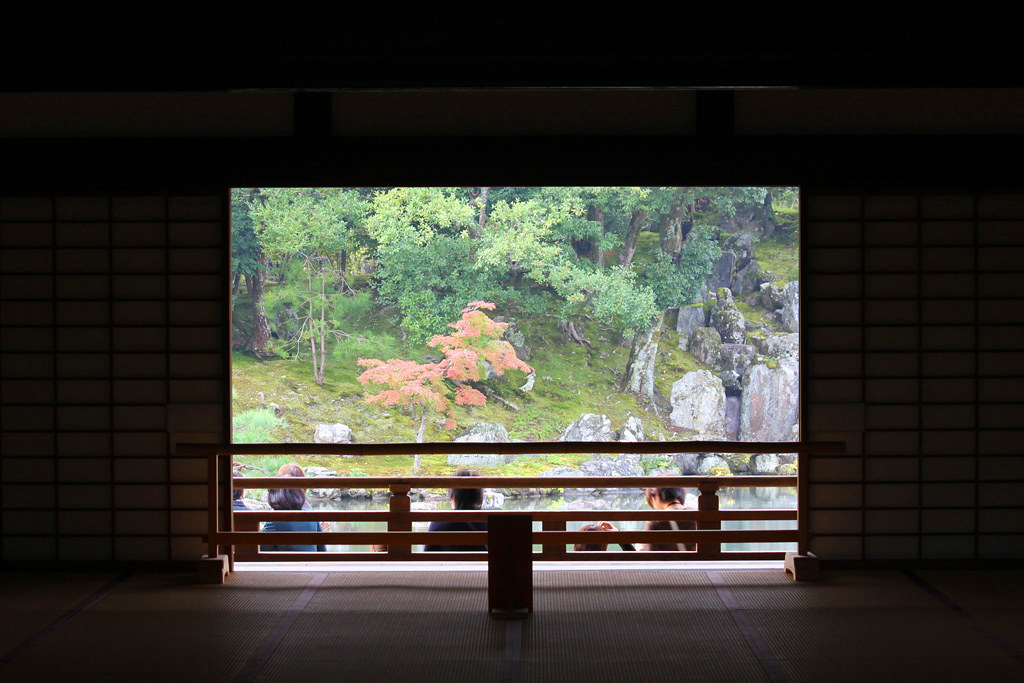

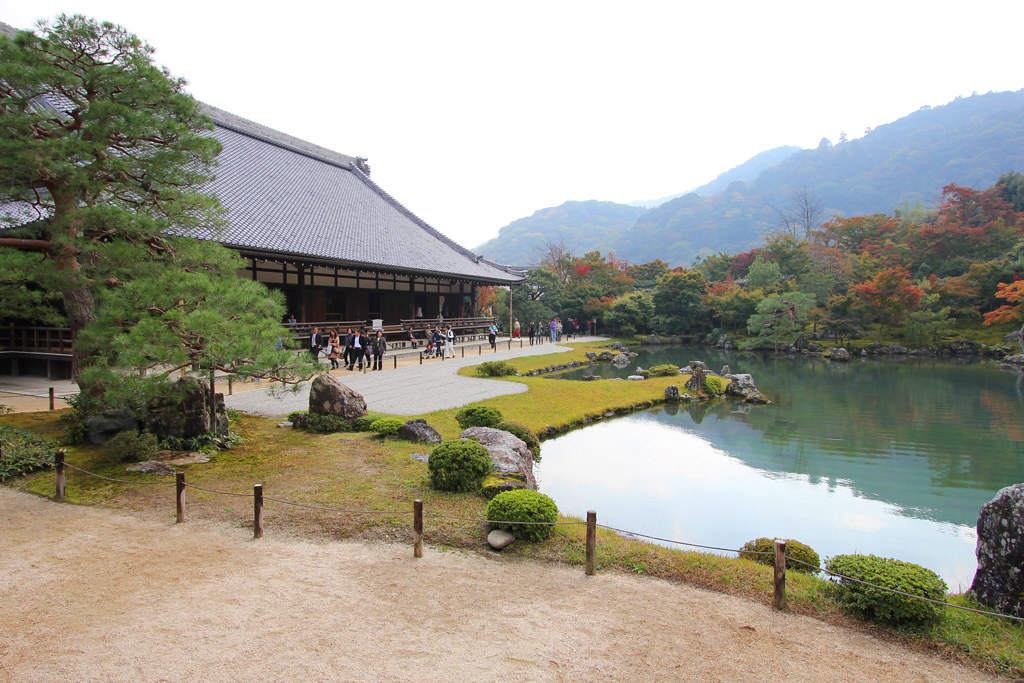
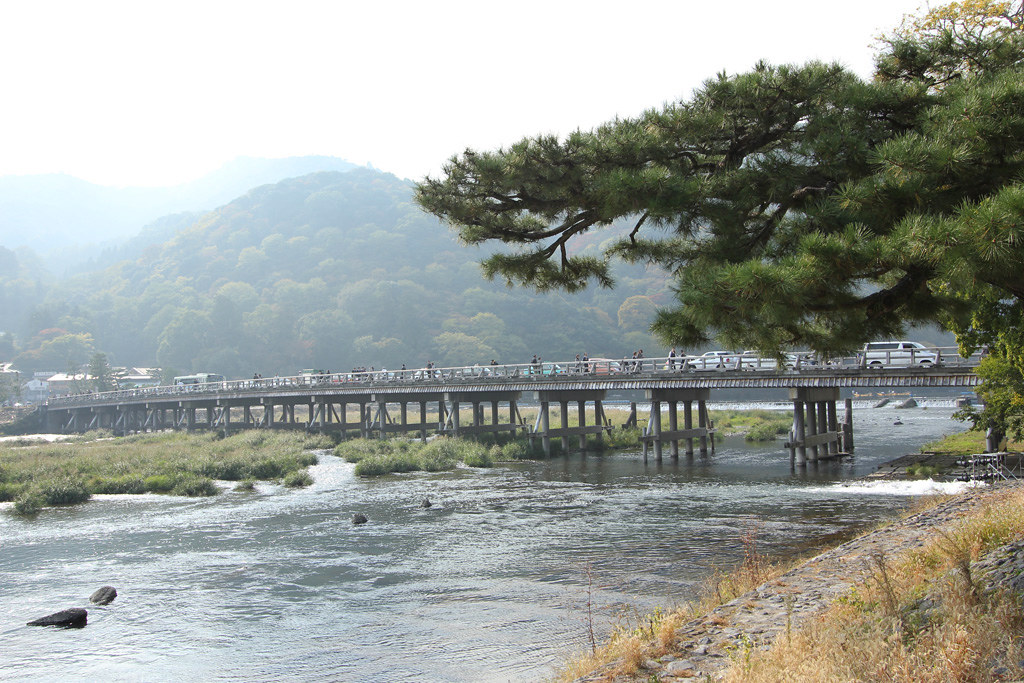
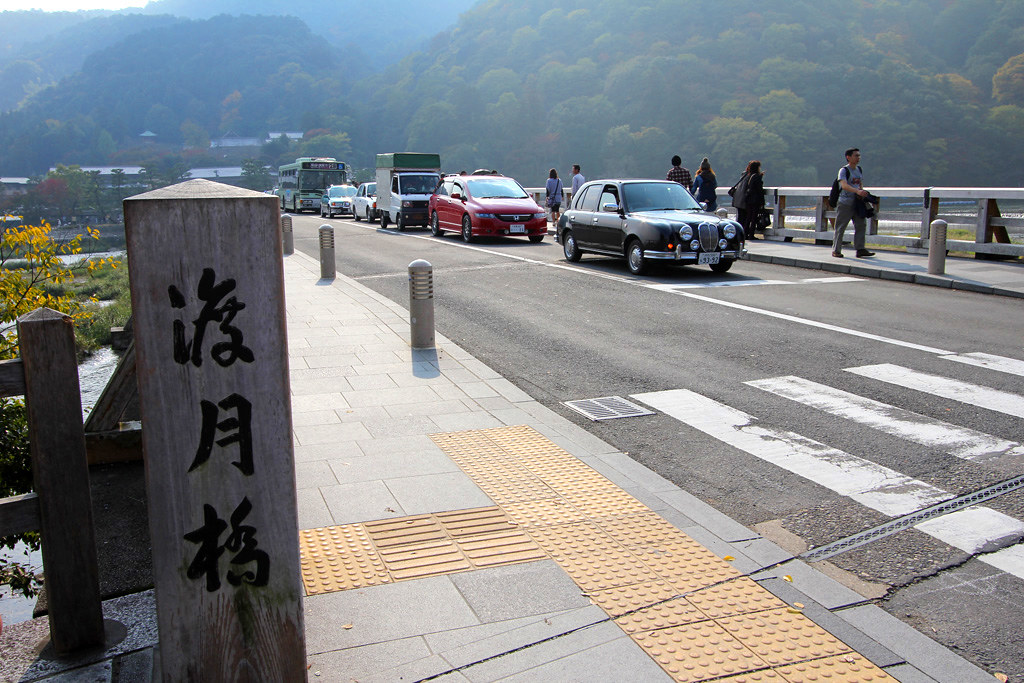
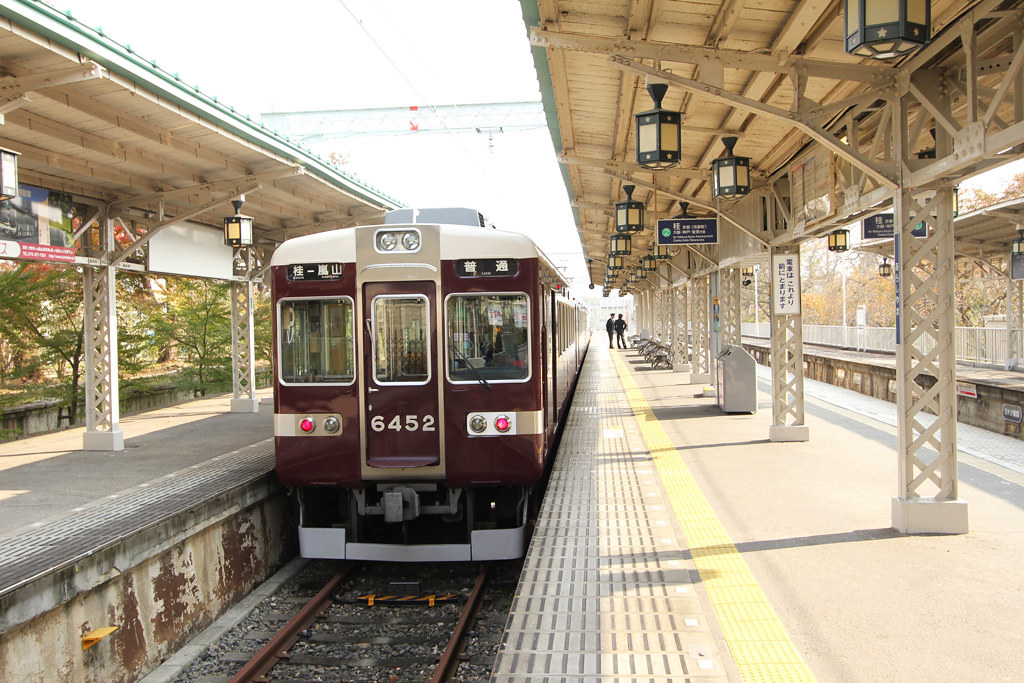
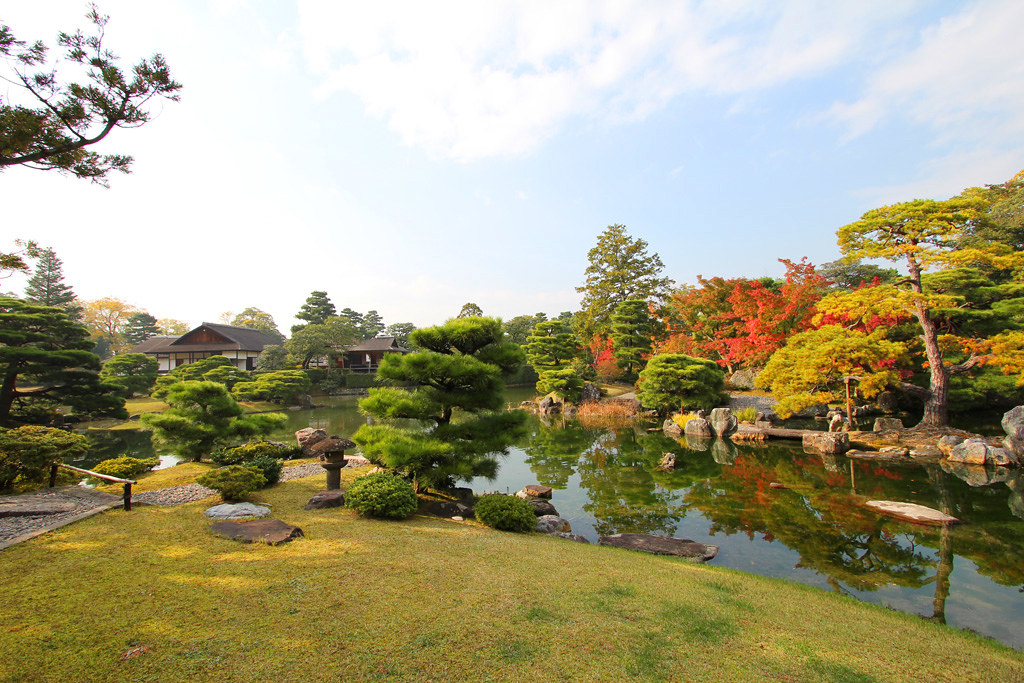

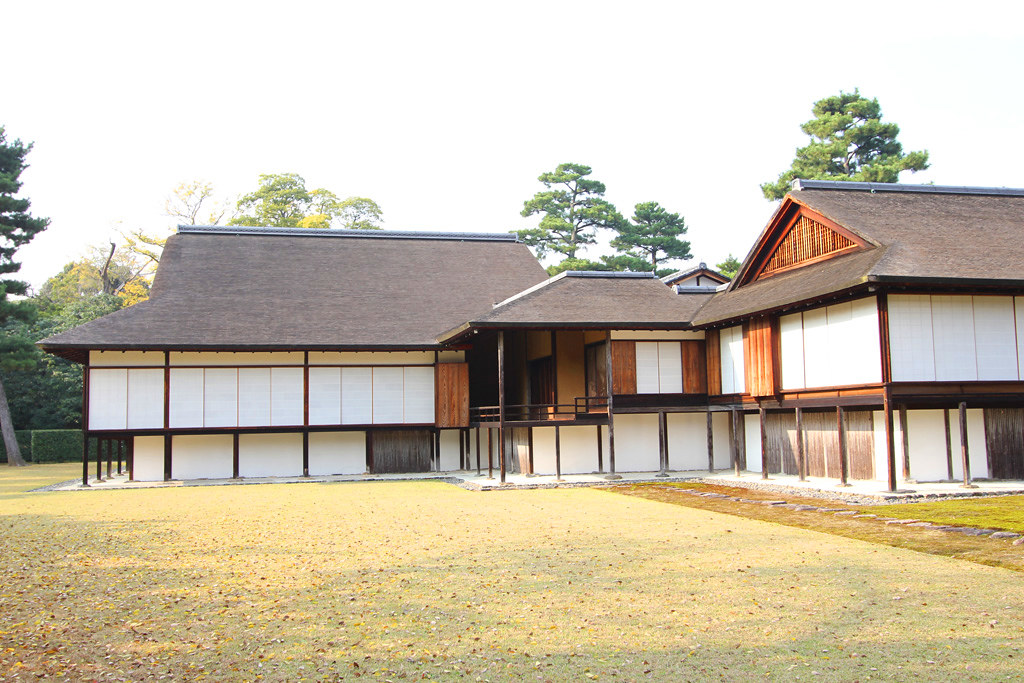
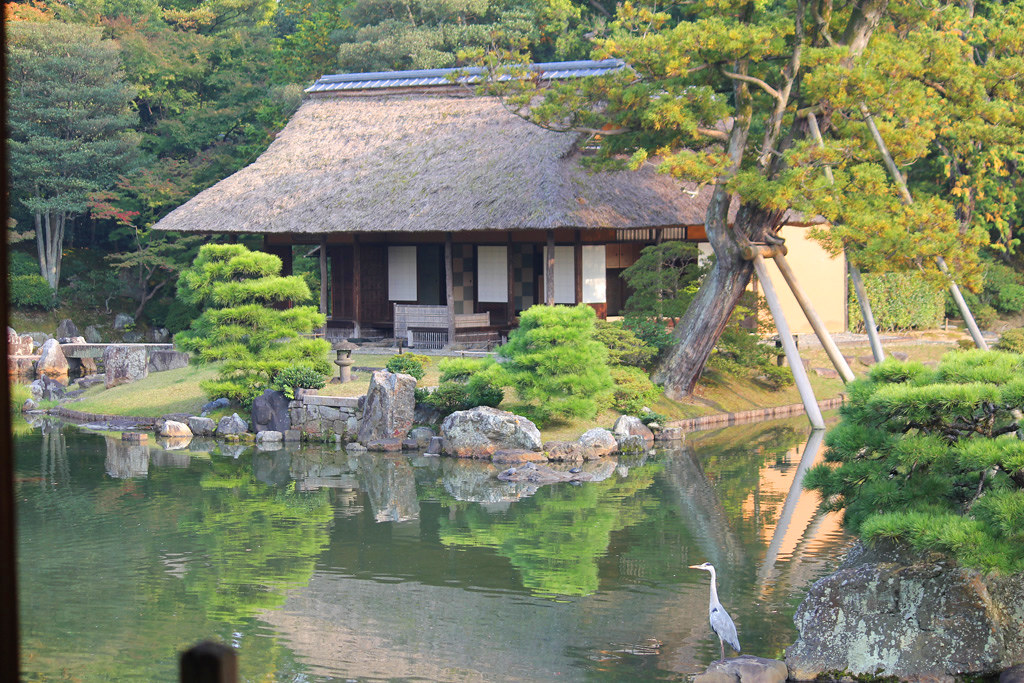

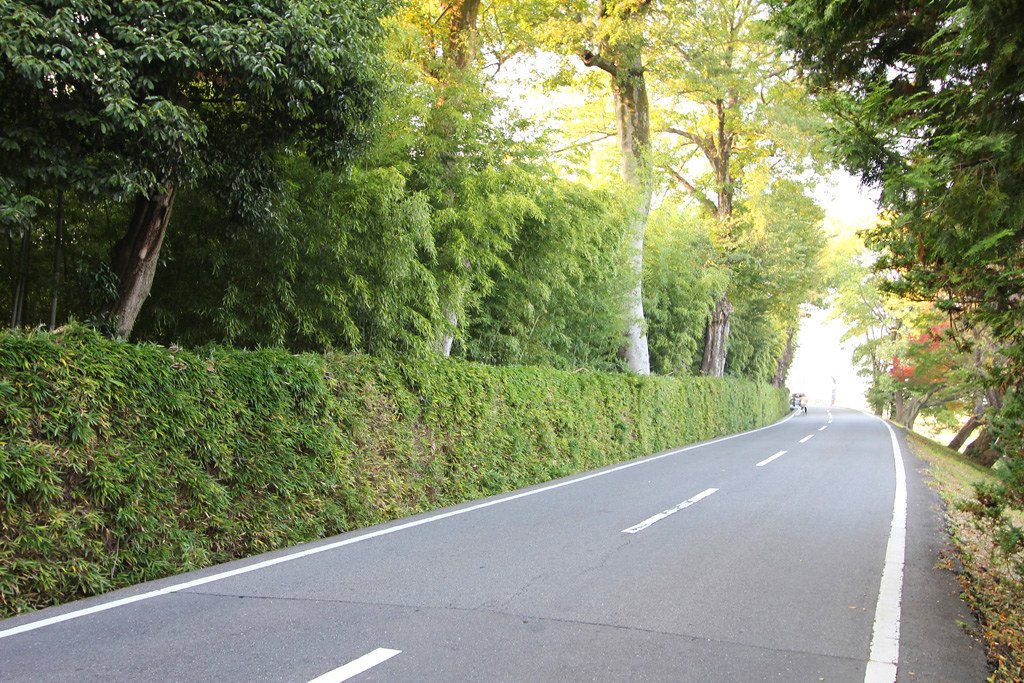
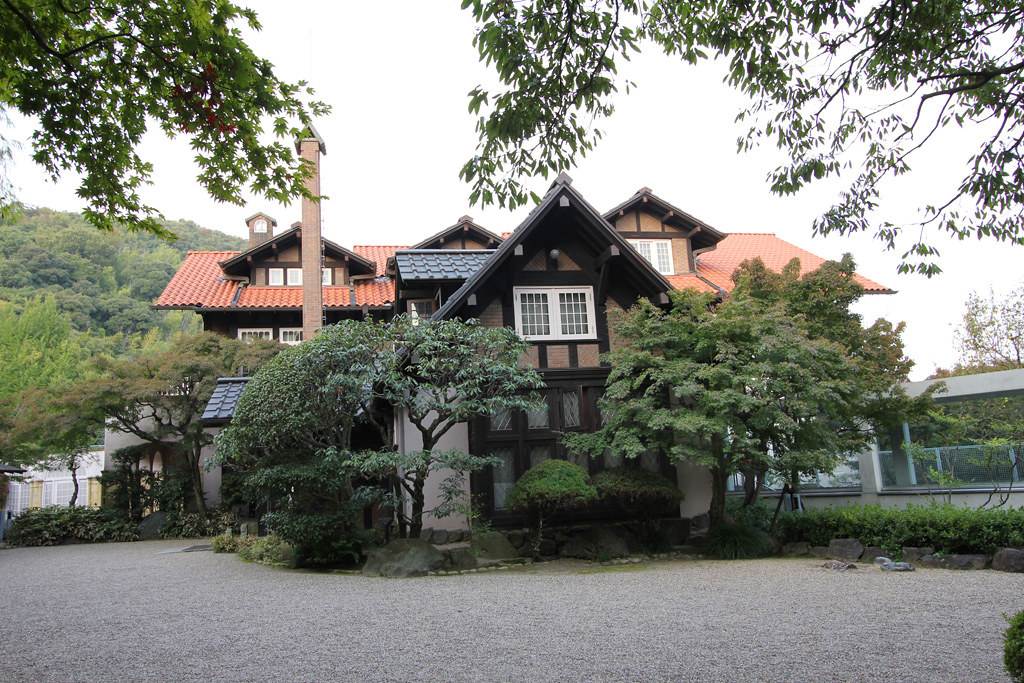
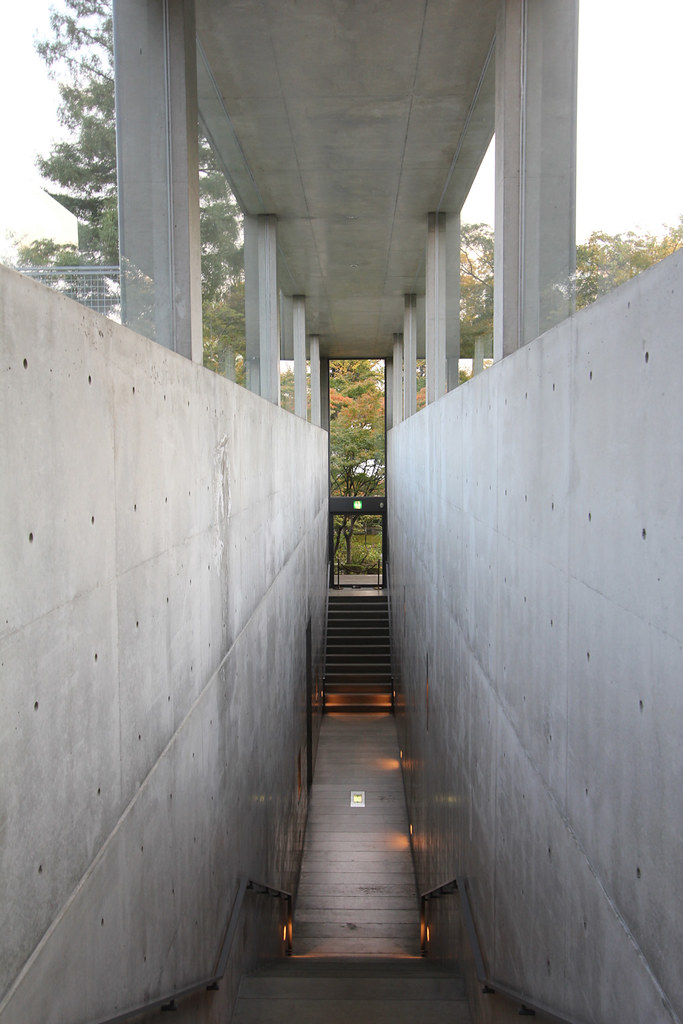
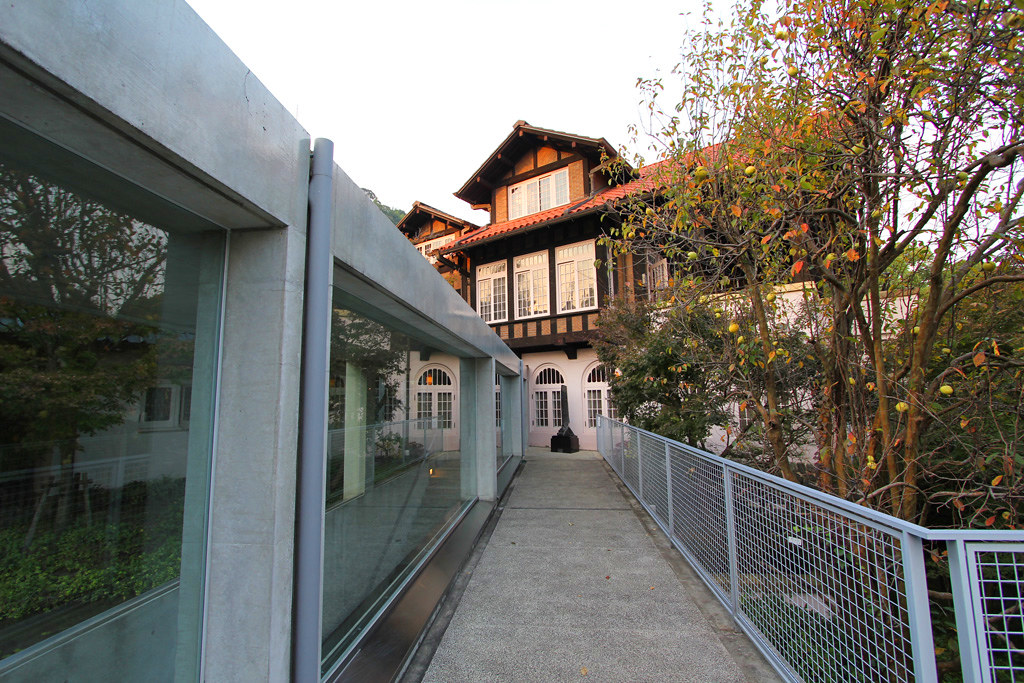
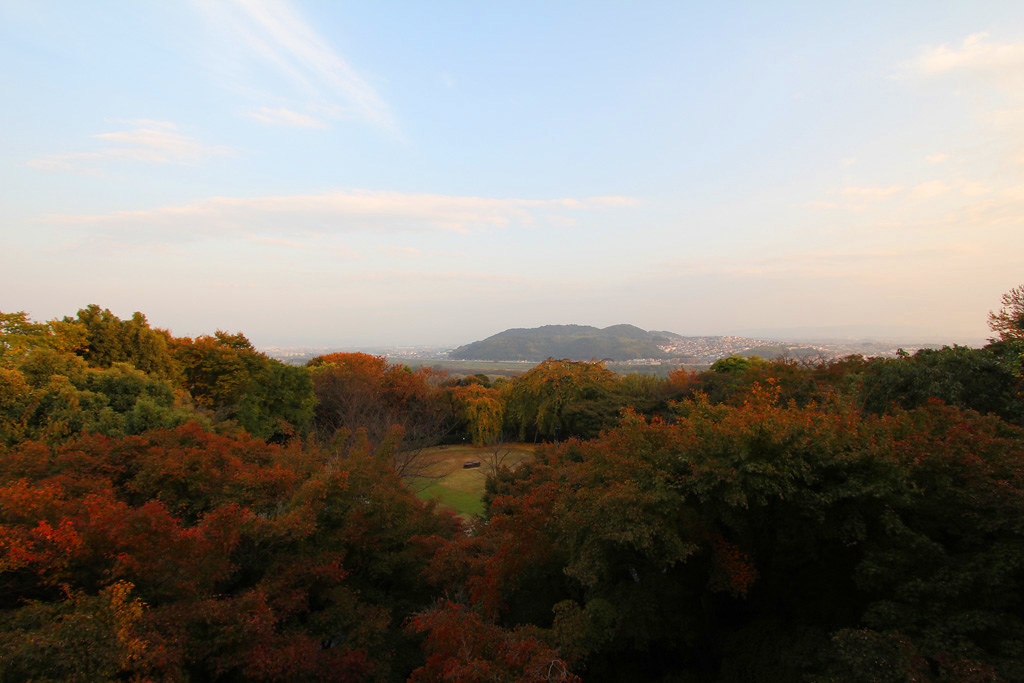
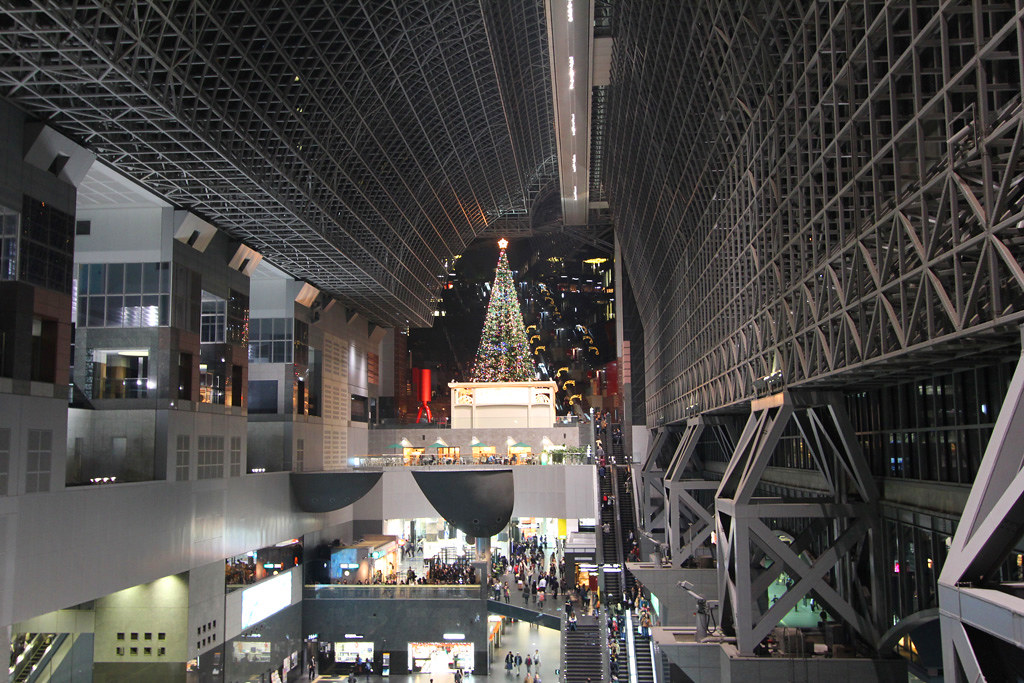












2 Comments
12жЬИ 12th, 2010 at 11:42 AM
Your beautiful photos and story make me wish I was back there. Some temples and shrines from my last visit: https://snipr.com/1mrj5j
12жЬИ 16th, 2010 at 3:52 PM
>Marc T
Wow your pics are also beautiful! Thanks for sharing with us.
Leave a Reply